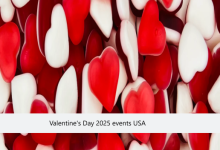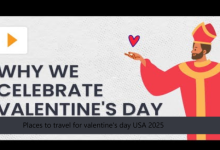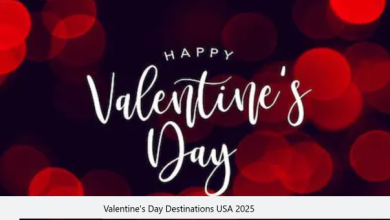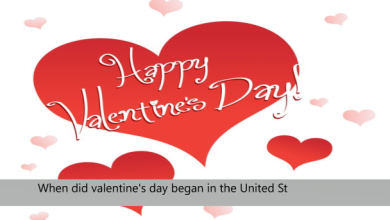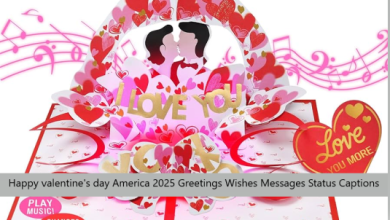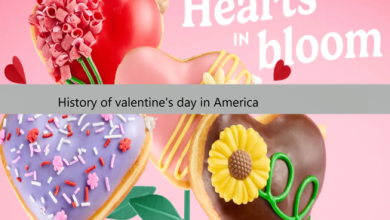What was the original purpose of valentine’s day
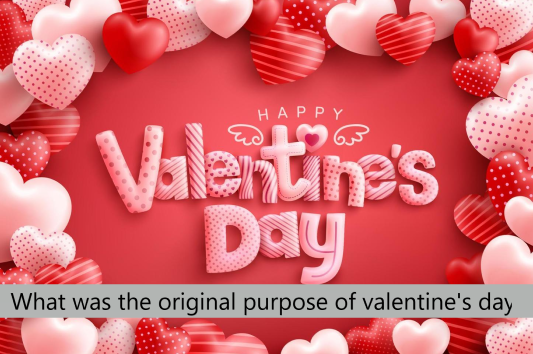
When February 14 rolls around, most of us think of flowers, chocolates, romantic dinners, and heart-shaped cards. But have you ever wondered how Valentine’s Day started? Far from today’s commercialized celebration of love, the holiday has a much deeper and more intriguing history rooted in ancient traditions, political agendas, and religious rituals.
The Ancient Roots of Valentine’s Day
To understand the original purpose of Valentine’s Day, we need to travel back to ancient Rome. Historians trace its roots to Lupercalia, a pagan festival held annually on February 15. Unlike the romantic tones of today’s celebration, Lupercalia was a raucous event that symbolized fertility and the arrival of spring. Here’s how it worked:
The Festival of Lupercalia
- Honoring Roman Gods: Lupercalia was celebrated in honor of Lupercus, the god of fertility, and Faunus, the god of agriculture. The festivities were also tied to the legendary founders of Rome, Romulus and Remus.
- Fertility Rites: Priests known as Luperci sacrificed goats and dogs, symbolizing fertility and purification. Strips of the sacrificed goats’ hides were used to bless Roman women, who believed it could increase their fertility.
- Bizarre Pairings: According to records, young men randomly drew the names of women from a jar, creating temporary pairings for the duration of the festival. This practice had little to do with love but aimed to promote fertility and matchmaking within the community.
While Lupercalia celebrated fertility and community bonds, its debauchery and pagan nature didn’t align with Christian values when Christianity began to spread across Europe.
Enter Saint Valentine
The shift from fertility festival to a day honoring love started with Saint Valentine—but which Saint Valentine? There are at least three martyred saints named Valentine or Valentinus recognized by the Catholic Church, making it difficult to pinpoint exactly whose actions inspired the holiday.
The Legend of the Saint
The most popular story involves Saint Valentine of Rome, a priest who lived during the reign of Emperor Claudius II. The legend goes that Claudius believed single men made better soldiers and banned marriages for young men. Valentine defied the emperor, secretly performing marriages until he was arrested and later executed on February 14 around the year 270.
Another account attributes Valentine’s actions to helping persecuted Christians, further cementing his status as a martyr. Whether through acts of love or devotion to his faith, Saint Valentine became a symbol of sacrifice and love under adversity.
The Origins of Valentine’s Feast Day
By the late 5th century, Pope Gelasius I declared February 14 as Saint Valentine’s Day, intending it to be a spiritual occasion to honor the martyr. This act signaled an effort to Christianize the pagan traditions of Lupercalia, transforming a fertility festival into a religious celebration.
However, it’s worth noting that the link between Valentine’s Day and romantic love didn’t emerge immediately. For centuries, the day remained a relatively low-key feast day honoring the saint.
The Middle Ages: A Celebration of Courtly Love
The association between Valentine’s Day and romantic love began to solidify during the Middle Ages, largely thanks to the works of poets and writers. It was around the 14th century—during the era of courtly love—that the holiday took on a more romantic meaning.
Chaucer’s Influence
Geoffrey Chaucer, the famous English poet, is often credited with connecting Valentine’s Day to romantic love. His 1382 poem “Parliament of Foules” describes February 14 as the day on which birds choose their mates:
*”For this was sent on Seynt Valentyne’s day,
Whan every foul cometh ther to chese his make.”*
Chaucer’s romantic imagery linked Saint Valentine’s feast day to the springtime pairing of birds, a metaphor that resonated with the aristocracy. This marked the beginning of Valentine’s Day as a celebration of romantic partnership.
Love Letters and Tokens
By the 15th century, Valentine’s Day had become a day for exchanging love notes and tokens of affection. The oldest known Valentine message, written in 1415, was a poem from Charles, Duke of Orleans, to his wife while he was imprisoned in the Tower of London. This tradition of expressing love through written words became a hallmark of the occasion.
The Modern Era of Valentine’s Day
Fast forward to the 18th and 19th centuries, and Valentine’s Day began evolving into the commercial holiday we recognize today.
Mass-Produced Valentine’s Cards
With the advent of improved printing technology, the production of Valentine’s Day cards took off. By the mid-19th century, commercial cards featuring romantic imagery, poems, and flirting phrases became widely available, making it easier for people to express their feelings.
Chocolates and Flowers
The traditions of giving chocolates and flowers were popularized in the Victorian era. Richard Cadbury, a British chocolatier, is credited with introducing heart-shaped chocolate boxes in the late 19th century, cementing chocolates as a Valentine’s Day staple. Meanwhile, roses—symbolizing love and passion—became the flower of choice for romantic gestures.
Valentine’s Day Around the World
Today, Valentine’s Day is celebrated in countries worldwide, each adding unique traditions to the mix. For example:
- Japan: Women traditionally give chocolates to men, while men return the favor a month later on “White Day.”
- Denmark: People exchange pressed white flowers called “snowdrops” instead of red roses.
- Mexico: Known as “El Día del Amor y la Amistad” (The Day of Love and Friendship), the day also celebrates platonic relationships.
Beyond Romance
While Valentine’s Day is often associated with romantic relationships, its modern interpretation has expanded to include platonic love, family bonds, and self-love. It’s a time to acknowledge anyone we care about—whether it’s through a heartfelt note, a shared meal, or simply spending quality time together.









